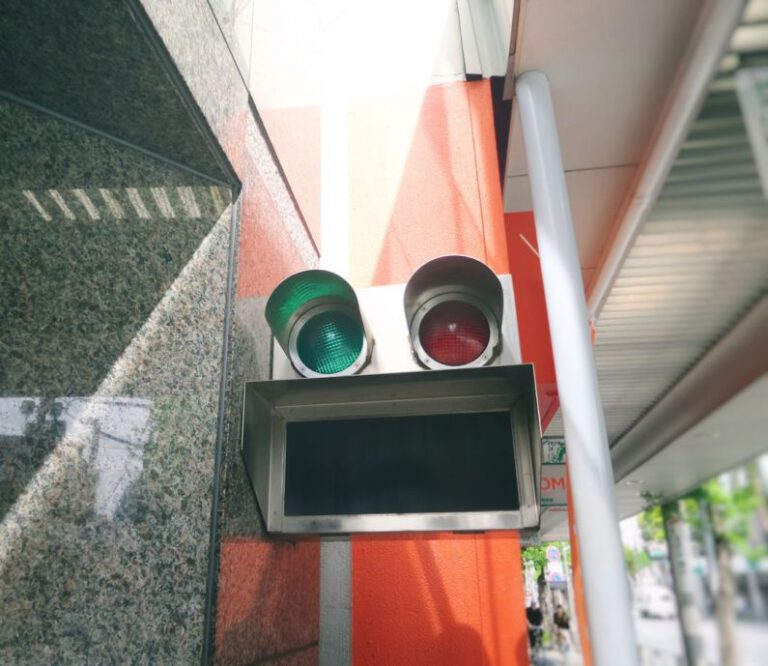The Self-driving City: the Integration of Autonomous Vehicles
The concept of self-driving cars has long been a futuristic dream, but with rapid advancements in technology, this dream is quickly becoming a reality. Autonomous vehicles have the potential to revolutionize the way we move around our cities, offering a safer, more efficient, and less congested transportation system. The integration of autonomous vehicles into our urban landscapes has the potential to transform our cities into smarter, more sustainable environments that prioritize the needs of residents and the environment.
Benefits of Autonomous Vehicles in Urban Environments
The integration of autonomous vehicles into urban environments offers a wide range of benefits that can improve the quality of life for city residents. One of the most significant advantages of self-driving cars is their potential to reduce traffic congestion and improve overall traffic flow. With the ability to communicate with each other and with traffic infrastructure, autonomous vehicles can navigate city streets more efficiently, reducing the time spent idling in traffic jams. This not only saves time for commuters but also reduces emissions and fuel consumption, leading to a cleaner and more sustainable urban environment.
In addition to improving traffic flow, autonomous vehicles have the potential to make our cities safer places to live. Human error is a leading cause of traffic accidents, but with self-driving cars, the risk of accidents can be significantly reduced. Autonomous vehicles are equipped with advanced sensors and artificial intelligence systems that can react more quickly and predictably than human drivers, reducing the likelihood of collisions. This increased safety has the potential to save lives and reduce the strain on emergency services in urban areas.
Transforming Urban Planning and Design
The integration of autonomous vehicles into urban environments will also have a significant impact on the way our cities are planned and designed. With self-driving cars, there may be less need for parking spaces in city centers, as autonomous vehicles can drop passengers off at their destination and then park themselves in more remote locations. This opens up new possibilities for repurposing parking lots and garages into green spaces, affordable housing, or commercial developments, creating more vibrant and livable urban environments.
Furthermore, the rise of autonomous vehicles may lead to a shift away from car ownership towards a more shared and on-demand transportation model. Instead of owning a car that sits idle for most of the day, residents may choose to use autonomous vehicles as a service, similar to ridesharing platforms like Uber and Lyft. This could reduce the overall number of vehicles on the road, freeing up valuable space for other uses and reducing the demand for new roads and highways in urban areas.
Challenges and Considerations
While the integration of autonomous vehicles into urban environments offers many potential benefits, there are also challenges and considerations that must be addressed. One of the main challenges is the need for updated infrastructure to support self-driving cars, including smart traffic signals, dedicated lanes, and improved communication networks. Cities will need to invest in these upgrades to fully realize the benefits of autonomous vehicles and ensure the safety and efficiency of the transportation system.
Another consideration is the potential impact of autonomous vehicles on employment in the transportation sector. As self-driving cars become more common, there may be a decrease in demand for traditional jobs like taxi drivers and truck drivers. Cities will need to develop strategies to support workers who may be displaced by the rise of autonomous vehicles, including retraining programs and job placement services.
The Future of Urban Mobility
The integration of autonomous vehicles into urban environments has the potential to transform the way we move around our cities, offering a safer, more efficient, and more sustainable transportation system. By embracing this new technology and addressing the challenges it presents, cities can create smarter, more livable environments that prioritize the needs of residents and the environment. The future of urban mobility is self-driving, and it is up to city planners, policymakers, and residents to ensure that this transformation benefits everyone.






